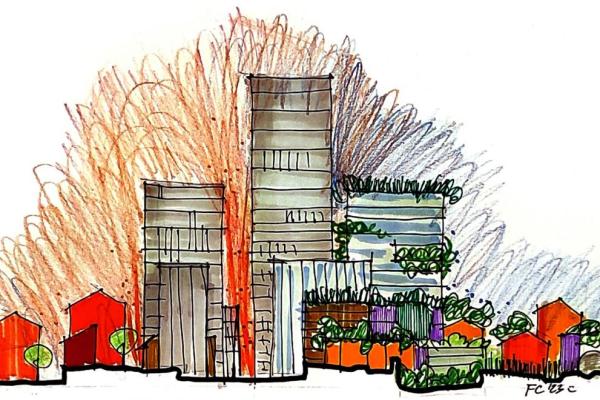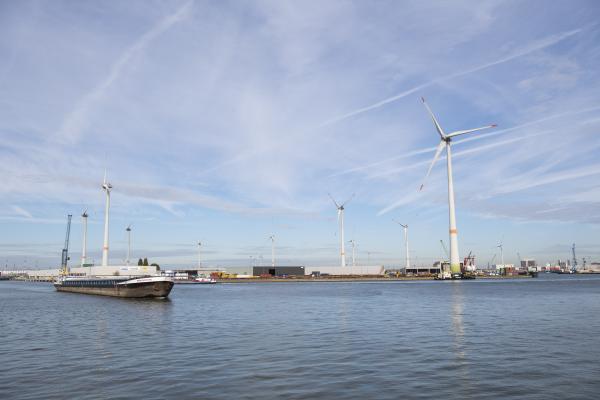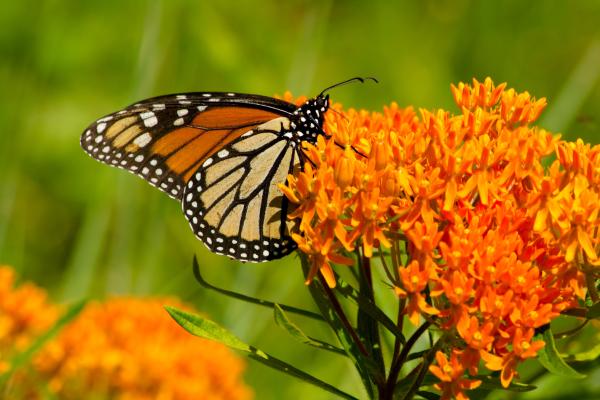
A JRC-led study published in the scientific journal Nature Communications proposes a new model based on satellite information that accurately predicts exposure of urban populations to extreme heat.
By analysing data from 200 cities around the world, the scientists demonstrated that creating green areas in targeted areas where people are more exposed to extreme heat is more efficient than uniformly distributing vegetation across the whole city. This targeted approach would require fewer resources while leading to substantial reductions of heat-related health risks.
The findings serve as a call to action for decision-makers to prioritise evidence-based measures that create resilient and livable cities and can effectively tackle the challenges posed by extreme heat.
The challenge of extreme heat in cities
With over half of the global population living in urban areas, addressing the impact of extreme heat has become a pressing concern. The combination of urbanisation and global warming has exacerbated the number of people exposed to dangerous levels of heat, leading to health risks and reduced quality of life.
Previous studies have shown that heat exposure has tripled over recent decades, far surpassing earlier estimates. The urgency to mitigate these risks has prompted a new research endeavour aimed at better understanding and managing urban heat.
A model to identify and address the issue
The study used a spatial regression model to accurately predict the exposure of urban populations to land-surface-temperature extremes. Leveraging remote sensing data from satellite images, the model incorporated various factors - such as greenness and proximity to water bodies - to evaluate the intensity and duration of heat exposure.
By analysing data from 200 cities worldwide, spanning diverse climates, the model consistently demonstrated its accuracy and reliability.
One significant finding of the research is the crucial role played by urban greening initiatives in reducing heat exposure. The study highlighted the impact of vegetation in mitigating extreme heat, as green spaces contribute to lower temperatures by providing shade, enhancing evapotranspiration, and reducing the ‘urban heat island’ effect. By targeting areas with higher population exposure to extreme heat, urban greening efforts can be strategically implemented to maximise their effectiveness, leading to substantial reductions in heat-related health risks.
Using science to create more livable cities
The implications of this research extend beyond the realm of academia. Decision-makers, including urban planners, policymakers, and city officials, can use the findings to develop evidence-based climate adaptation strategies. By integrating urban-greening initiatives into urban planning, cities can create cooler and more comfortable environments for their inhabitants, fostering sustainability, resilience and improved quality of life.
It is worth noting that, while the study offers valuable insights into mitigating extreme heat, further attention needs to be given to addressing socio-economic disparities and localised vulnerabilities. The distribution of green spaces, types of vegetation, and access to cooling technologies in marginalised areas require special consideration to ensure equitable and inclusive urban development.
In summary, this groundbreaking research provides a robust spatial regression model for accurately predicting the exposure of urban populations to extreme heat. By emphasising the role of urban greening initiatives, the study offers tangible solutions for climate adaptation and sustainable urban development.
Details
- Reference
- Massaro, E., Schifanella, R., Piccardo, M. et al. Nat Commun 14, 2903 (2023); https://doi.org/10.1038/s41467-023-38596-1
- Publication date
- 31 May 2023
- Author
- Joint Research Centre
- JRC portfolios




